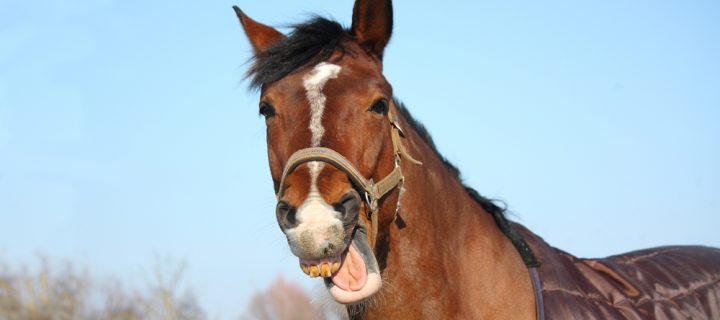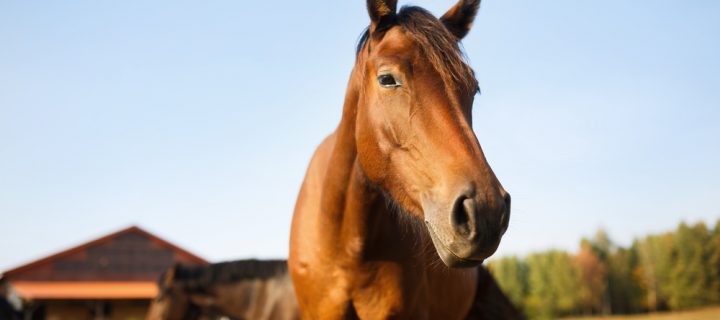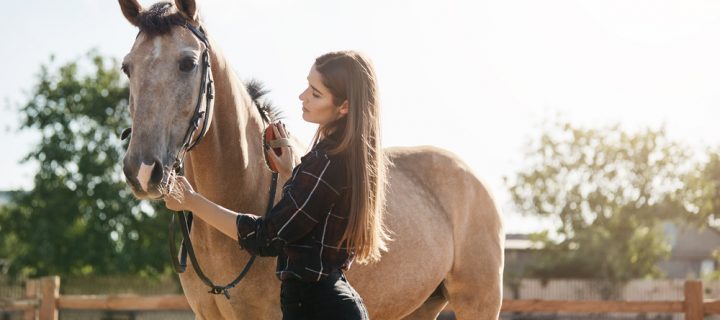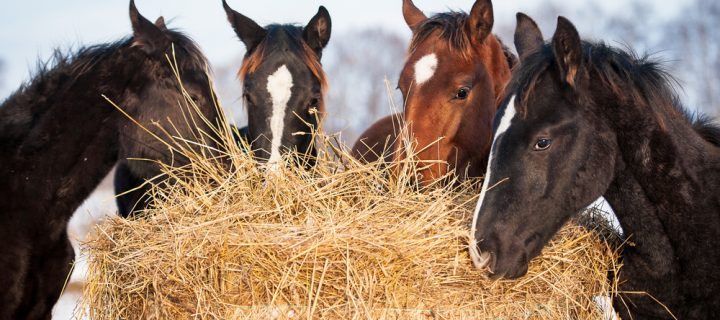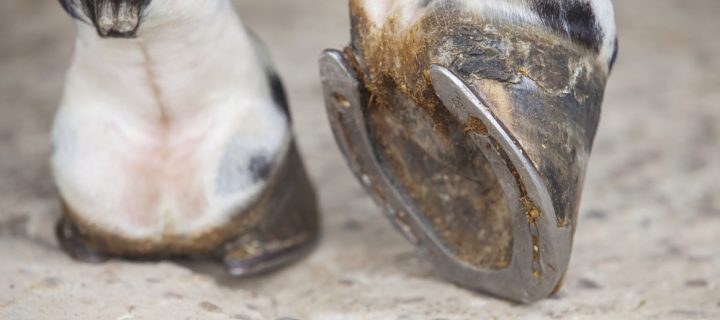If you have never invested in horse bedding such as shavings before, you may not know about the different types available on the market. PH Winterton is a specialist in equine bedding, with three different types of bedding to suit any requirement or budget. Understanding Horse Bedding Wood Shavings – Wood shavings have been a popular horse bedding for decades now. They are often used for horses that suffer from respiratory disease or those that eat other types of bedding. Sawmill waste shavings, such as those provided by PH Winterton, are the most popular as they are high quality and have a low dust content. Wood shavings also provide excellent support for the horse’s hooves as they compact inside them. They are typically packed in polythene wrapped bales which makes them easy to stack and store – meaning you will be able to buy in bulk if that’s your preference. Flax and hemp – Flax and hemp bedding materials are often more expensive which limits their appeal. Also, there have been instances of horses eating the bedding. The same as wood shavings they are packaged in heavy-duty plastic bags for easy storage. Paper – Paper is usually shredded and consists of a mix of newspaper, magazines and other unwanted printed matter, with differing absorbency. The long paper stripes tend to be harder to muck out as they can stick together and become difficult to separate from the droppings. While cheap, paper, when wet, can become very soggy and less user-friendly. Rubber matting – Rubber matting is often considered a partial alternative to bedding in stables. Some people will combine horse bedding with rubber matting. Rubber matting on its own can lead to wet floors, dirty rugs and horses. The majority of horses don’t like to urinate on hard surfaces, so adding bedding such as shavings help prevent this issue. Hygiene standards need to be observed when using rubber matting, as they will need to be uplifted and thoroughly cleaned underneath to prevent a build-up of ammonia and dirty bedding material. Get horse shavings in bulk from PH Winterton If you have any questions about PH Winterton’s range of horse bedding, please do not hesitate to contact us now. We...
Read Moreabout Why shavings are the best kind of horse beddingMany horses find hot weather uncomfortable, but with the help of PH Winterton, we can keep them cool and reduce the risk of dehydration and colic. We are the leading provider of equine bedding and constantly talk to our customers, offering advice about caring for their horses all year round. Hydration is vital A constant supply of clean and fresh water is essential to prevent dehydration. The average horse drinks up to 50 litres of water each day in hot weather. Remember that buckets of water in the stable cab get warm and unpalatable if it’s left too long, so you may need to change it regularly. Water also has a key role in your horse’s digestive system, and if they do not get sufficient water it can increase the risk of colic. Water is continually secreted into and reabsorbed from the gut during the digestive process. Changes in hydration will affect this process and how food passes along the gut, increasing the risk of issues such as impaction colic. If the drinking supply is from a silty natural water source this could also lead to sand colic. How to increase water intake We would recommend having more than one water source available in the field to ensure certain herd members are not prevented or chased away from drinking by others. Keeping water sources away from a corner helps to prevent a horse from being corned into a small area by other horses. You can also soak or steam your horse’s hay to increase their water intake. Steaming hay for 90 minutes increases water content by up to three times, just remember to introduce soaked/steamed hay into their diet gradually to reduce the risk of colic. Feed the hay as soon as possible after soaking/steaming and dispose of any left behind. Remember to avoid soaking hay in direct sunlight and for long periods during warm weather as this encourages bacteria growth. Our current recommendation is to soak hay for around an hour in warm weather. Travelling advice If possible, avoid travelling your horse in hot weather and try to travel as early or late as possible to avoid the hottest part of the day and make sure you take...
Read Moreabout Summer care for your horsesIn summer it can be difficult to distinguish between regular fatigue and sweatiness from dangerous heat stress in horses. PH Winterton will tell you what to look out for and how best to safeguard your horse’s well-being for this blog. Every summer we are reminded that sunny weather can be difficult for horses, with them having to expend considerable energy to keep cool as temperatures rise. This doesn’t mean you can’t enjoy your favourite equestrian activities on warmer days. You will need to take precautions and be vigilant for tell-tale signs of heat stress. Extra care is also required when transporting horses that are kept in dry lots or paddocks with little shade. Heat stress for horses ranges from poor performance to potentially fatal heatstroke. The progression through the stages of heat stress can be swift, so you will need to recognise them and intervene when spotted. Stage 1 – Dehydration Anytime a horse sweats they lose fluids, first from his bloodstream, then from his gut and the spaces between cells. If he continues to perspire, fluid will be eventually drawn from within the cells. If the horse becomes moderately hydrated, it will need access to water to help recover. In some instances, overexertion, illness or severe dehydration will prevent a horse from taking insufficient water to compensate for fluid losses. Two simple tests can be used to identify dehydration – The skin-pinch test can be carried out by grasping a fold of skin at the shoulder point and releasing it. If the horse is well hydrated, the skin will snap back into place in less than a second, whereas the longer it takes for the skin to flatten will reveal a greater level of dehydration. However, skin elasticity varies among horses, so it is best to learn what is normal for your resting horse and fully hydrated. For the capillary refill test, press gently on the horse’s gum just above an upper incisor and take note of how long it takes for the pink colour to return to the blanched spot. Two seconds or less is normal, whereas longer times indicate dehydration. Other telltale signs of dehydration include – Dark urine A body temperature elevated by a degree...
Read Moreabout How to reduce heat stress in horsesWhile we specialise in horse bedding here at P.H Winterton, we also often get quizzed about horse feeding habits; especially when the weather heats up. For this blog, we will focus on answering all of your burning questions. Expert advice about horse feeding from horse bedding specialists Horses out at grass may require hay over the summer but it depends on the quality of the pasture, the weather conditions plus the horse’s condition. If the pasture is of poor quality, the horses on the pasture do not appear to be thriving, including a mare supporting a foal, non-native breeds, equines in hard work, or the weather is poor, then they may need hay throughout the summer. If the horse has free access to grass, they usually won’t need to forage as hay will be provided. What are the telltale signs you should be feeding hay? Signs that hay supplementation is needed include horses on the pasture losing weight that drops below an acceptable body condition score. In some instances, if the pasture is poor and the weather is poor, extra hay keeps the horses warm. How do owners decide how much hay to feed stabled horses? If your horse is stabled part of the time, you can decide by determining how the horse is maintaining their weight. If they are overweight then they will only need a small amount of hay and fed no more than 1.5% of their body weight per day; especially if this is their sole dietary intake. If the horse is turned out on grass during the day, the majority of the hay ration can be removed from the diet. Contact us for further advice If you need further advice about feeding your horse, please do not hesitate to get in touch now. P.H Winterton is also the leading supplier of horse bedding and biomass fuel for clients all over the...
Read Moreabout Can I feed my horse hay in the summer?Keeping your horses’ hooves clean is an essential part of their daily care routine, and while it may be second nature to many it could be less familiar to new owners. This is why we have put together this handy how-to guide, full of tips and useful advice. 10 steps to cleaning your horse’s hooves The process for removing dirt and debris from the inside of your horse’s hooves is known as ‘picking out’ the feet, using a hoof pick. Some of the finest hoofs picks will have a small stiff brush attached, which can be used to brush away loose dust and dirt once most of the mud or dirt has been removed. Here is our simple 10-step guide to ensuring your horse’s hooves are thoroughly clean – Start by facing your horse’s tail. Run your hand nearest the horse down the back of its leg, then gently squeeze just above the fetlock to signal to the horse to lift its hoof. If the horse does not respond, try adding a small amount of extra pressure using your thumbnail. Hold the hoof with the hand closest to the horse then use a hoof pick in the other hand and start scraping away any dirt. If this is a hind foot, ensure your arm is positioned in front of the leg , so if the horse kicks out backwards your arm won’t be in danger. For the horse’s front foot your arm needs to be behind the leg. Start where the horseshoe ends, besides the bulbs of the heel and scrape any debris out, moving the hoof pick away from you towards the toe of the hoof. Scrape firmly over the sole and along the inside of the hoof wall and shoe line until the remaining dirt, rocks and debris are gone. Take extra care when removing dirt from the triangular frog (including the central cleft). The frog is a softer tissue than the sole and will be firm without any discharge. Now check there are no foreign bodies penetrating the frog or the sole of the hoof. If there is a nail or something similar in the hoof, do not pull it out. This is a potential emergency...
Read Moreabout Your Cleaning Guide for Horses Hooves
